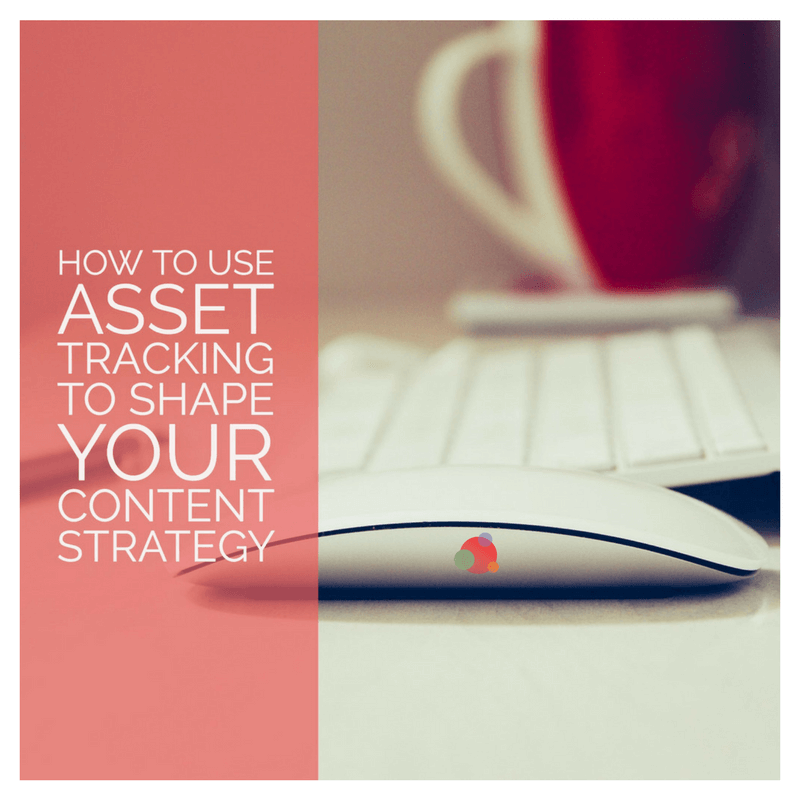 If someone reads your entire eBook but it isn’t tracked, how much use is that to you?
If someone reads your entire eBook but it isn’t tracked, how much use is that to you?
Not nothing, because you’ve still made a connection with a potential customer.
But without asset tracking, you have no information to guide your next interaction with them.
Persuading someone to download your content and fill out the form is a battle, but it’s only part of the war.
Creating content that people consume and engage with builds trust.
It consequently encourages people to consume more content and convert to customers faster.
According to LookbookHQ, prospects who consume more content per click are 2.4 times more likely to be sales ready, move through the funnel 2.3 times faster, and have a 2.4 higher annual contract value.
Unfortunately, the majority of marketing software doesn’t track content post-download.
Here’s are some reasons why it’s important to do so, how to circumvent these shortcomings of marketing automation software, and how this data should inform your content strategy.
Why is Tracking Past Download Important to Your Content Strategy?
Asset tracking is important for the same reasons that it’s important to track beyond pageviews and analyze consumption metrics, such as scroll depth.
This helps marketers understand what’s being read and where readers get bored.
The same goes for tracking interaction with your assets.
Existing Asset Tracking Issues and Shortcomings
Unfortunately, asset tracking is hard to implement—which may be why it’s underused.
According to LinkedIn Technology Marketing Community, the top five content marketing metrics are:
- Web Traffic/Visits (63 percent)
- Views/Downloads (59 percent)
- Lead Quantity (42 percent)
- Lead Quality (39 percent)
- Social Media Sharing (36 percent)
For assets such as white papers, eBooks, and infographics, tracking the quantity of downloads gives a high-level overview of content success.
While this is helpful, it’s not that accurate a consumption measurement.
It doesn’t tell you if your audience is merely sharing your content, or if they’re actually reading it.
Marketing automation systems such as Marketo, Eloqua, Pardot, and Act-On each include a feature to measure form completions.
However, accurately measuring downloads—while arguably more important because it encompasses both gated and ungated content—is more difficult for two technical reasons:
- Marketing automation software does not track asset views. Because most assets—specifically PDFs—are not tracked as lead activities, you cannot place a munchkin or tracking code on such files. These kinds of assets are, therefore, invisible to both marketing automation and web trackers such as Google Analytics.
- Form bypasses are excluded. Though it seems reasonable to assume that each download has a corresponding form completion, a significant percentage of visitors may be bypassing the form.
If an asset (PDF document) is indexed separately from its landing page, it is accessible to browsers directly from search results.
This allows it to be accessed without completion of the registration form.
For example, Marketo does not keep search engines from indexing gated assets (even though they could), so these documents often show up in search results.
Asset Tracking Workarounds
Here’s how to improve your asset tracking and gain insights regarding asset consumption:
- Use a flash-based PDF viewer such as Zmags. These types of viewers include design and publishing tools as well as tracking features. They give marketers insight into download data and can also track reader eye movements to create viewing heat maps, etc.
- Look at softer indicators such as landing page form completions. Also examine page views on the post-form completion thank you page, and click-throughs on the email that links to your asset after form completion.
- Create custom bit.ly links for the CTA in your eBook or downloadable content to track clicks.
- Add a short survey at the end of an eBook (or to unlock more content). This is a great way to gauge interest and make improvements.
- Put gated content on mini-sites or webpages instead of PDFs or other downloadable options. This is an option only as long as it doesn’t hinder the usefulness of the content.
- Use software, such as Jellybooks, to track your PDFs post-download.
How to Use These Metrics to Inform Your Content Strategy
Once you’re tracking assets beyond download, here are some questions this data can answer for your content strategy:
- How long should your content be?
- What topics are most valuable to your audience?
- Which gated content formats work best for your audience?
- Should the content you’re creating be personalized for a specific audience segment?
Although 93 percent of marketers plan to maintain or increase their investment in content creation, 40 percent feel they aren’t getting sufficient ROI for their content.
And 33 percent don’t feel they even have sufficient metrics to measure content ROI.
Tracking downloadable assets past form submissions means you better understand the value your content provides to your audience.
Which makes you better able to convert them.
For more on content marketing metrics, check out the Comprehensive Guide to Content Marketing Analytics and Metrics eBook.